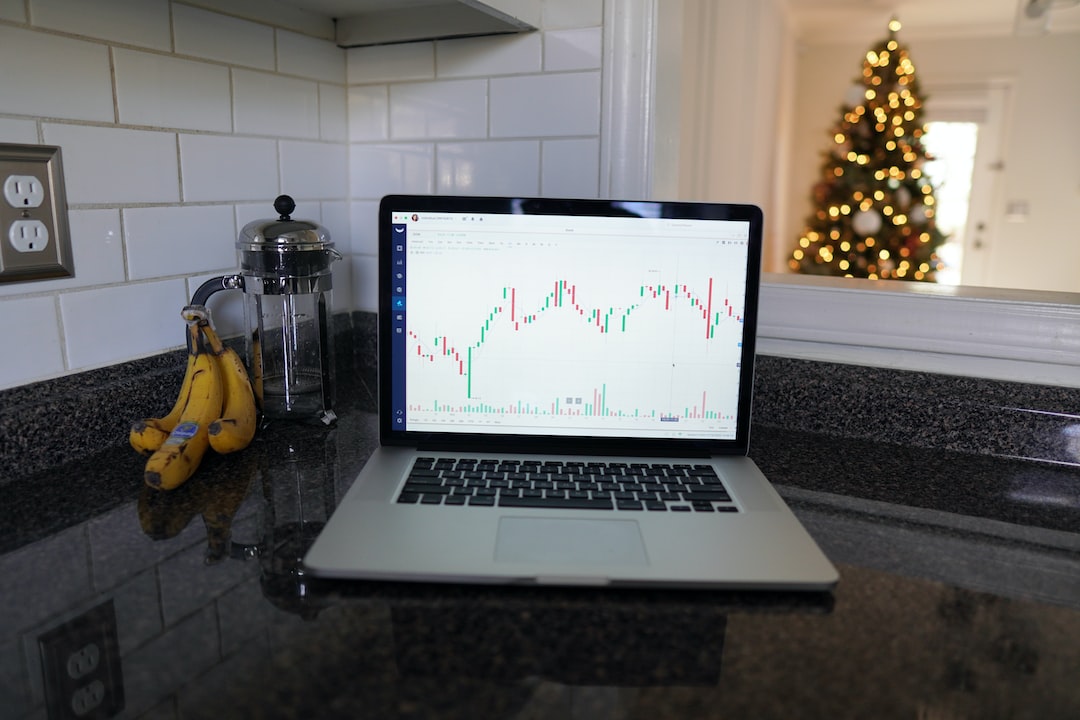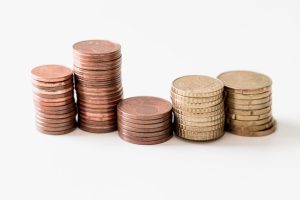Bullish and bearish are two terms that are commonly used in the world of forex trading. These terms are used to describe the sentiment of traders towards a particular currency pair or the overall market. A bullish market is one that is characterized by rising prices and optimism, while a bearish market is one that is characterized by falling prices and pessimism. In this article, we will take a closer look at what these terms mean in forex and how they can be used to inform trading decisions.
Bullish Market
A bullish market is one that is characterized by rising prices and a general sense of optimism among traders. When traders are bullish, they believe that the value of a particular currency pair will increase over time. This could be due to a number of factors, such as positive economic data, favorable news or events, or simply a general feeling of confidence in the market.
In a bullish market, traders are more likely to buy a currency pair in the hope of making a profit. This is known as going long, and it involves buying a currency pair at a lower price and then selling it at a higher price. Traders in a bullish market may also hold on to their positions for longer periods of time, as they believe that the price will continue to rise.
Bearish Market
A bearish market is the opposite of a bullish market, and it is characterized by falling prices and a general sense of pessimism among traders. When traders are bearish, they believe that the value of a particular currency pair will decrease over time. This could be due to a number of factors, such as negative economic data, unfavorable news or events, or simply a general feeling of uncertainty in the market.
In a bearish market, traders are more likely to sell a currency pair in the hope of making a profit. This is known as going short, and it involves selling a currency pair at a higher price and then buying it back at a lower price. Traders in a bearish market may also hold on to their positions for longer periods of time, as they believe that the price will continue to fall.
Using Bullish and Bearish Signals
Bullish and bearish signals can be used by traders to inform their trading decisions. For example, if a trader sees that the market is becoming more bullish, they may decide to go long on a particular currency pair. On the other hand, if a trader sees that the market is becoming more bearish, they may decide to go short on a particular currency pair.
There are a number of tools and indicators that traders can use to identify bullish and bearish signals. These include technical indicators like moving averages, trend lines, and momentum indicators, as well as fundamental indicators like economic data, news releases, and political events.
It is worth noting that bullish and bearish signals should not be used in isolation. Traders should always consider a range of factors when making trading decisions, including market trends, economic data, news releases, and political events.
Conclusion
In conclusion, bullish and bearish are two terms that are commonly used in the world of forex trading. A bullish market is one that is characterized by rising prices and a general sense of optimism among traders, while a bearish market is one that is characterized by falling prices and a general sense of pessimism among traders.
Traders can use bullish and bearish signals to inform their trading decisions, but they should always consider a range of factors when making these decisions. By keeping a close eye on market trends, economic data, news releases, and political events, traders can make informed decisions that help them to maximize their profits and minimize their losses.





